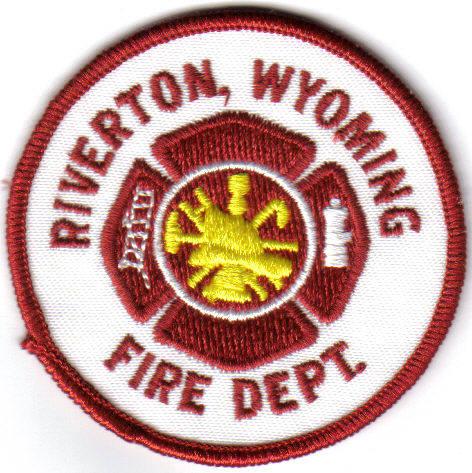Installing and Testing Smoke Alarms
Smoke alarms can save your life in a fire, but only if you have enough of them an d you know they work. Do you have enough smoke alarms in your home? How old are they? Are they in the right places? Do they have a new battery in them? Without working smoke alarms, you and your family may not wake up in time to get to safety if a fire breaks out in your home. They are extremely important. Make sure your family is safe:
d you know they work. Do you have enough smoke alarms in your home? How old are they? Are they in the right places? Do they have a new battery in them? Without working smoke alarms, you and your family may not wake up in time to get to safety if a fire breaks out in your home. They are extremely important. Make sure your family is safe:
Putting Up Your Smoke Alarms
Have Smoke Alarms That Work
When You Buy New Smoke Alarms